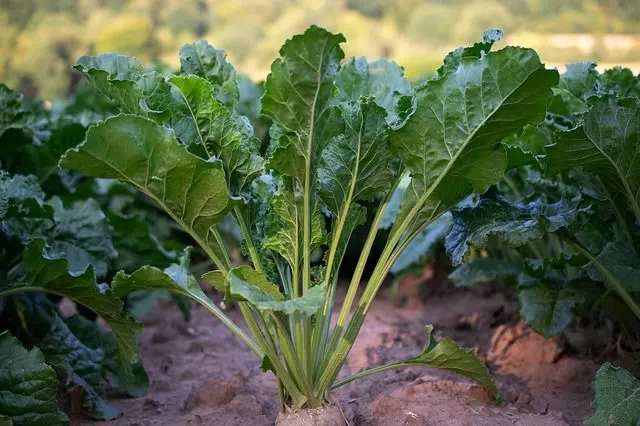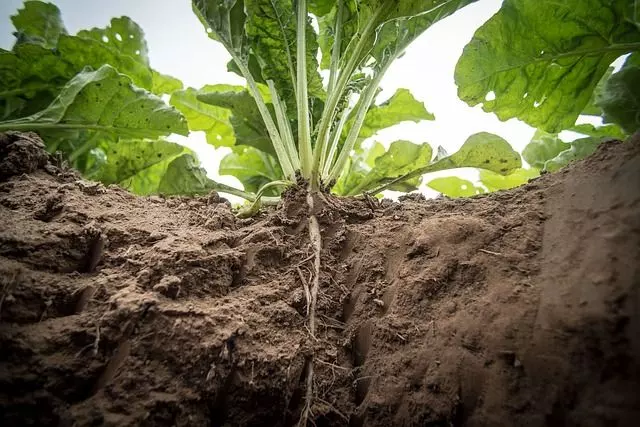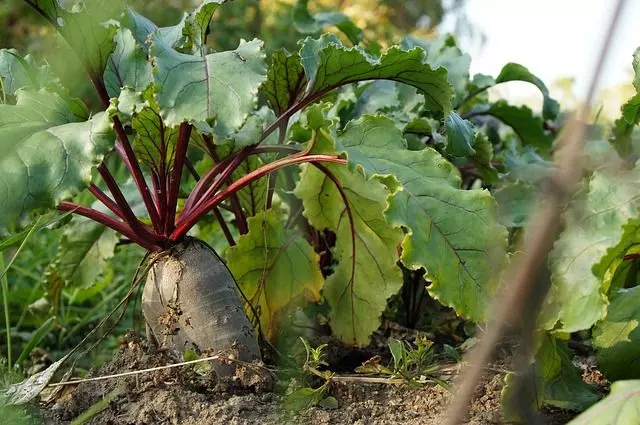Beet, with the scientific name Beta vulgaris, is a very popular vegetable both for its ease of cultivation and its multiple uses. As a cooking ingredient, it is commonly used in salads and dishes of all kinds, either raw or cooked. Learn all about how to grow beets step by step in this article.
Table of Contents
When Should Beets be Planted
Most often beets are sown as early as mid-spring. However, it is a very hardy vegetable, which can cope quite well with both cold and heat.
Because of this, it is not uncommon for some hobbyists or growers to grow it for a good part of the year, especially in rather temperate climates. If you are lucky and live in a climate that is neither excessively hot nor excessively cold, you can grow beets practically all year round, except for the hottest summer months.
How to Grow Beets Step by Step
Preparing the soil is one of the most vital points in the cultivation of beets since it is a root vegetable that needs the soil to be loose so that it does not offer resistance and does not deform it. For this reason, it is especially important to stir it abundantly to loosen it. Also, clay soils do not do well with this plant. It is also important to enrich the soil beforehand. One of our best allies will be, once again, worm humus, one of the most complete organic fertilizers that exist. We can also add some ash to the soil. Once you have the soil ready, follow these steps to sow beets:
1- Soak the seeds the night before and water the soil so that it is somewhat moist when you sow them the next day.
2- Plant them at a depth of about 1.2″ (3 cm), leaving about 8″ to 10″ (20 to 25 cm) between plants. If sowing more than one row of them, respect at least 16″ (40 cm) between rows. From each beet seed, which is a golmerulus, can be born up to two or three plants, so a thinning will be necessary, leaving only the strongest of each of them.
3- After sowing, water again abundantly, but always without flooding the soil. The seeds will take approximately 10 days to germinate, at which time you should reduce watering to once a week or every 15 days, depending on the season and the local climate.
In a little over a month, it will be time to thin out, when the plants have 4 or 5 true leaves. Instead of pulling the weak plants, simply prune them at ground level to avoid damaging the strong ones. Finally, if you have birds in your area, it is advisable to cover your plants until they are of a certain size to prevent birds from pulling them up or feeding on them.

Beets – Basic Care
In conclusion, we offer you some tips on beet care:
1- As we have already said, one of the most important points in growing beets is the soil. Provide it with a good amount of nutrients and potassium, and make sure it is as loose as possible as well as offering good drainage. Here you can learn how to make homemade organic fertilizer for plants.
2- Regarding the location, it is usual to grow beet in a location where it receives 4 to 6 hours of sun per day. In very mild climates you can grow it in full sun, while in warmer climates it will be more convenient to find a semi-shaded area.
3- For temperature, this plant prefers temperate climates. Its most ideal temperature is between 50 °F and 75°F (10 ºC and 24 ºC), although it can withstand higher temperatures and even some light frosts.
4- As for watering, the plant appreciates moist soil most of the time, but it does not tolerate waterlogging, which can rot its roots. If you water it too little, the opposite can happen, and that is that the roots crack.

How Long Does it Take to Grow Beets
In about three months from sowing, your beets will be ready to harvest.

Beet Pests and Diseases
Some of the pests that can attack your beet plant are black aphids, gray maggots, fleas, and beet flies.
